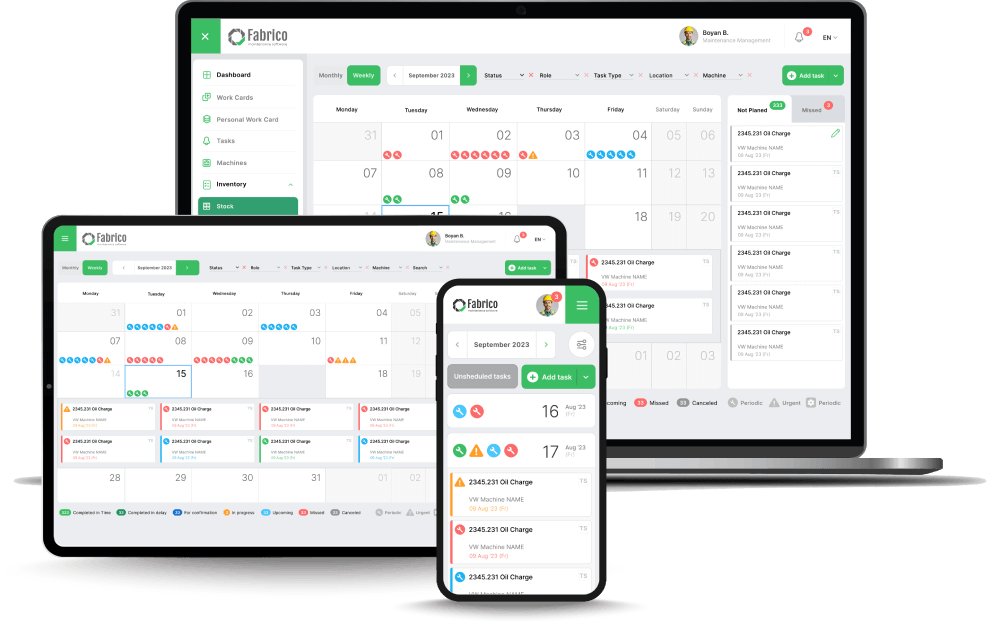Introducing agile PM in manufacturing operations requires careful thought and planning because it means a complete readaptation to a new way of doing things. Initial discussions with management, engaging the project team, a pilot project simulation, decision-making, and standardisation are all part of the process of introducing agile in manufacturing.
We explore each of these steps in more detail below.
Initial Discussions with Management
Introducing agile PM in manufacturing often requires frank discussions with management. This is where agile coaches approach top management to gain a deeper understanding of the company’s biggest project issues. Examples of these are frequent cost overruns, product rollout issues, product quality issues, etc.
Once pain points are identified, it’s time to set clear expectations about anticipated outcomes. It’s also important to align agile with current manufacturing project challenges. When there’s management buy-in, teams can operate more confidently in a new space.
Engaging the Project Team
After management has agreed to implement agile for manufacturing, it’s time to get a project team together. This can include engineers, designers, technicians, marketing team members, etc. For this purpose, it’s essential to gather the team and understand more about their perspectives and leadership needs. An agile coach will try to explore their current challenges and ways to overcome them.
In order to do so, agile coaches should ask what type of leadership the team requires for the project to be a success. In addition to this, leaders and management must be on the same page and be willing to offer their skills and knowledge as needed.
Often, the challenges that need to be addressed include aspects such as trust from management, early client feedback and knowing what direction to take. While these may sound simple, each one is quite difficult to overcome and gain alignment on. This is why teams must be empowered to self-organise.
Pilot Project Simulation
The next step is to choose a pilot project to simulate in order to implement agile practices. The reason for this is to determine and showcase the approach’s effectiveness.
To choose the pilot project to simulate, agile coaches advise that it should contain an element of risk, meaning it is important enough to have the team’s vested interest in it.
Coaches will then lead the simulation and put the best practices into action while following this by sharing impressions and providing feedback. While it may be easy to talk about implementing agile methodologies in a manufacturing environment, it requires a commitment from all parties involved and their vested interests must be considered too.
Guiding the transition, agile coaches then help to extract key insights from the exercise. This way, they determine where improvements can be made and which challenges need to be addressed and how.
Decision-Making and Standardisation
Research shows that, in most cases, after a pilot project has been successfully simulated, management finds that they usually want to adopt it. For this reason, they will often ask themselves questions, such as: What are the obstacles or challenges holding us back from full implementation of agile across all projects? They need to make an informed decision and then transition to agile as a new standard in manufacturing.
Once a decision has been made to implement agile within an organisation, coaches need to help the team get comfortable and confident with regard to the new way of working and carrying out projects. For this strategy to be successful, industry best practices show that training certain members of the internal team to be agile coaches themselves is a good idea. This means that knowledge and skills are kept in-house and that teams don’t need to rely on external help.







